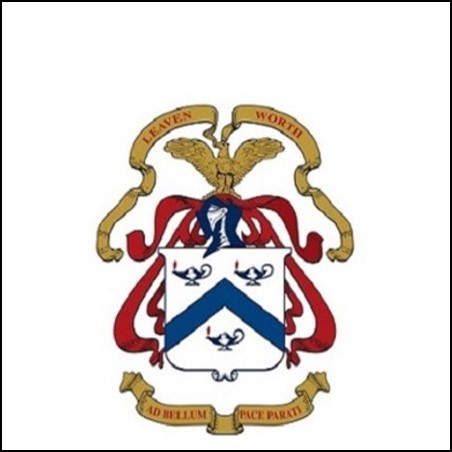
e-Document
|
Low frequency radar systems should replace current high frequency radar systems on the battlefield to optimize the Army's ground surveillance radar capability.
Copies
0 Total copies, 0 Copies are in,
0 Copies are out.
Title
Low frequency radar systems should replace current high frequency radar systems on the battlefield to optimize the Army's ground surveillance radar capability.
Call No
CDMC Master of Military Art and Science Theses
Digital Link
Authors
Subjects
Language
English
Published
Fort Leavenworth, KS : US Army Command and General Staff College,, 1977-06-10.
Target Audience
Unknown or not specified
MLA
APA
Chicago
0
/
0








